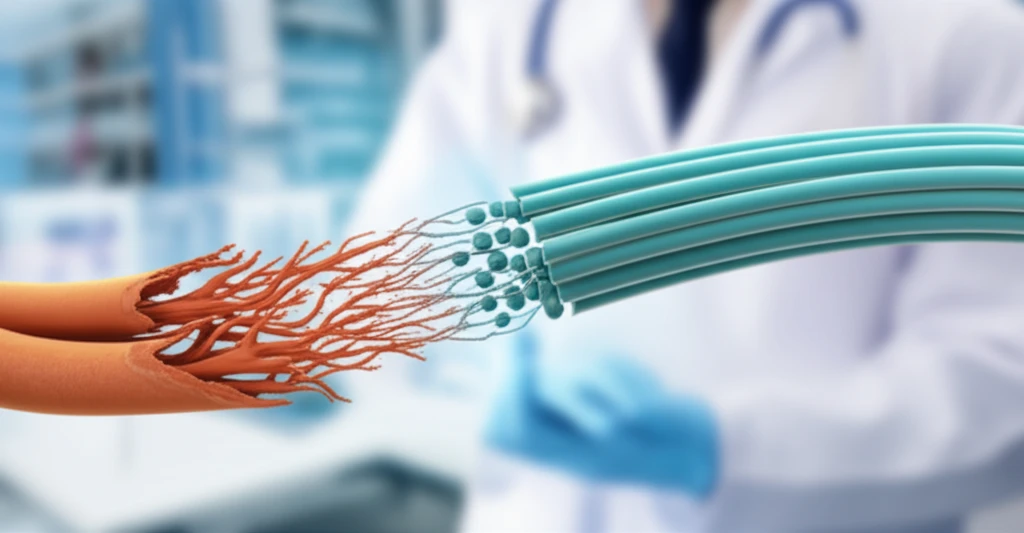
Tendinitis vs. Tendinosis: Decoding Your Aches and Pains
"Are you struggling with persistent aches and pains? Understanding the difference between tendinitis and tendinosis is key to effective treatment and recovery."
If you're experiencing persistent pain, burning sensations, decreased strength, and limited flexibility, especially when performing everyday activities, you might think you have tendinitis. However, research indicates that tendinosis is a more frequent culprit behind these symptoms.
Tendinitis involves inflammation of the tendon, often resulting from micro-tears due to sudden or excessive force. Tendinosis, on the other hand, is a degenerative condition of the tendon's collagen in response to chronic overuse and inadequate healing time.
Distinguishing between these conditions is vital for healthcare practitioners to administer the most appropriate and effective treatment strategies.
Tendinitis vs. Tendinosis: What's the Real Difference?

The common understanding of "tendinitis" often masks the reality of what's truly occurring within the body. While tendinitis involves inflammation, tendinosis is characterized by the degeneration of the tendon's collagen due to chronic overuse. Repetitive strain injuries can lead to tendinosis, even from minor movements when performed repeatedly.
- Tendinosis: Immature type III collagen fibers, loss of collagen continuity, increased ground substance, and haphazard vascularization.
- Healthy Tendon Tissue: Dominated by mature type I collagen fibers.
Key Takeaways for Long-Term Tendon Health
Understanding the nuances between tendinitis and tendinosis is essential for effective treatment and long-term tendon health. Addressing the underlying issues, restoring tendon strength, and preventing re-injury are vital for returning to pain-free, normal daily activities.
